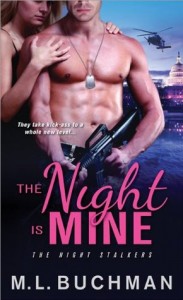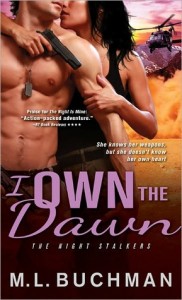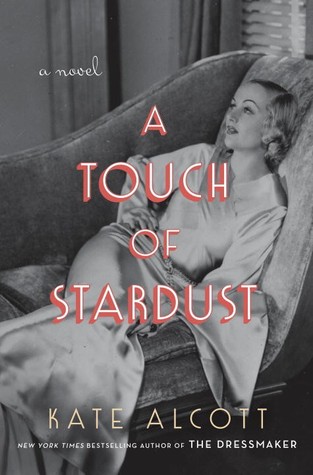 Format read: ebook provided by the publisher via Edelweiss
Format read: ebook provided by the publisher via EdelweissFormats available: hardcover, ebook, audiobook
Genre: historical fiction
Length: 304 pages
Publisher: Doubleday
Date Released: February 17, 2015
Purchasing Info: Author’s Website, Publisher’s Website, Goodreads, Amazon, Barnes & Noble, Kobo, Book Depository
When Julie Crawford leaves Fort Wayne, Indiana for Hollywood, she never imagines she’ll cross paths with Carole Lombard, the dazzling actress from Julie’s provincial Midwestern hometown. Although the young woman has dreams of becoming a screenwriter, the only job Julie’s able to find is one in the studio publicity office of the notoriously demanding producer David O. Selznick —who is busy burning through directors, writers and money as he begins filming Gone with the Wind.
Although tensions run high on the set, Julie finds she can step onto the back lot, take in the smell of smoky gunpowder and the soft rustle of hoop skirts, and feel the magical world ofGone with the Wind come to life. Julie’s access to real-life magic comes when Carole Lombard hires her as an assistant and invites her into the glamorous world Carole shares with Clark Gable—who is about to move into movie history as the dashing Rhett Butler.
Carole Lombard, happily profane and uninhibited, makes no secret of her relationship with Gable, which poses something of a problem for the studio as Gable is technically still married—and the last thing the film needs is more negative publicity. Julie is there to fend off the overly curious reporters, hoping to prevent details about the affair from slipping out. But she can barely keep up with her blonde employer, let alone control what comes out of Carole’s mouth, and–as their friendship grows – soon finds she doesn’t want to. Carole, both wise and funny, becomes Julie’s model for breaking free of the past.
In the ever-widening scope of this story, Julie is given a front-row seat to not one but two of the greatest love affairs of all time: the undeniable on-screen chemistry between Scarlett and Rhett, and off screen, the deepening love between Carole and Clark. Yet beneath the shiny façade, things in Hollywood are never quite what they seem, and Julie must learn to balance career aspirations and her own budding romance with outsized personalities and the overheated drama on set.
My Review:
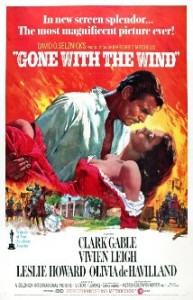 Anyone who is a fan of Hollywood in the Golden Age, or of the movie Gone With the Wind (GWTW) and any or everyone who starred it in should probably read this book. Even though it is fiction, and the story is seen through the eyes of a fictional character, it feels true.
Anyone who is a fan of Hollywood in the Golden Age, or of the movie Gone With the Wind (GWTW) and any or everyone who starred it in should probably read this book. Even though it is fiction, and the story is seen through the eyes of a fictional character, it feels true.
It feels like you are there, in those heady and tumultuous days just before the outbreak of World War II, watching the impossible come to life.
Because that’s what the movies do – they make something nebulous into a script and then a movie – so the unreal becomes real for everyone to see.
We follow the making of Gone With the Wind through the eyes of Julie Crawford, a young woman who has come from Ft. Wayne Indiana to make her fortune in Hollywood. Not, thank goodness, as an actress, but as a screenwriter.
Julie comes from a wealthy and influential family back home, but she does not want that same lifestyle for herself, along with its requirements of marrying the “right” man, raising her children the “right” way and keeping herself occupied by sitting on the boards of the “right” charities.
She wants a life of her own, on her own terms. And Hollywood is the place where people come to reinvent themselves. So off she goes, with a one-year deadline from her parents to either make it or come home. Julie knows that she won’t be coming home, but her parents are of the impression that the girl who leaves will be the same girl they can guilt into submission in a year.
That never happens. Time and circumstances change who we are. We grow up. And so does Julie.
She starts out as a mimeograph girl in the publicity department, but catches the eye of Carole Lombard. The two former Ft. Wayne girls hit it off, and the story takes flight.
We all know that Gone With the Wind was a huge success. (Adjusted for inflation, it is still the most successful film in history) But while it was being made, the picture was a huge gamble.
There were a lot of people who wanted the producer, David O. Selznick, to fail, and fail big. He was a tremendous micro-manager (to use today’s term) and drove everyone to exhaustion with his demands – including himself.
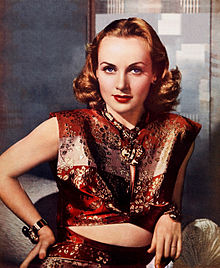
But the central figure in this story was not actually in GWTW. Carole Lombard was actually the cause of some of the publicity department’s bigger nightmares, which is how Julie meets Carole. Hollywood history remembers Gable and Lombard as one its great real-life romances. But when GWTW begins, they are living together while Gable is in the throes of divorce from his first wife. This violation of the morals code then in force, as well as Lombard’s joy in flaunting it in everyone’s face, drove the publicity people crazy.
(The morals code was part of all the actors’ contracts. The star-making machinery of Hollywood was both more invasive and more protective than it is today. But there was still a double-standard. Lombard was on set often during the filming, even though Gable was still married to someone else for part of the time. On the famous other hand, Vivien Leigh had to keep her lover, the still-married Laurence Olivier, very much under wraps during production.)
But Julie Crawford comes to Hollywood with her eyes wide shut. She thinks she knows what she is getting into, but of course she doesn’t. Her eyes get opened in every possible way, as she breaks out of her mold and learns the ropes.
Through her friendship with Lombard, she also sees the insider’s view of Hollywood that mere spectators don’t get to see. It’s Julie’s sisterhood with Lombard that gives her an entree into the business, and the screenwriter Frances Marion who gets her the first rung up the stair of scriptwriting.
And on the brink of World War II, in the steaming hothouse environment of making one of the most expensive and most successful films ever made, Julie falls in love with someone that her parents would find totally unacceptable – and Julie needs to decide who she really is.
Escape Rating A: In case you can’t tell, I loved this one. It’s a story that steps into another world. Actually two other worlds, because the making of Gone With the Wind is a world onto itself. Golden Age Hollywood is also a separate world. The movie-making machinery was at its heyday in the 1930s, and it was trying desperately to ignore the growing clouds of war on the horizon.
One of the things that is not glossed over in the book, is the amount of both racism and antisemitism that was prevalent in Hollywood and the country at large. GWTW whitewashes the period it covers. And even though the production created large numbers of jobs for African-American actors, at the same time all the roles were subservient, and the Black actors, including future Oscar-winner Hattie McDaniel, were not welcome at the opening night gala held in Atlanta. (Looking back, this was obviously not one of Atlanta’s finer moments)
Antisemitism was also rampant in Hollywood, and all over the country. This is both in spite of and because of the number of studios owned and managed by Jews in the pre-war years. The knowledge of what was happening in Europe under Hitler, and the fears that the U.S. might get dragged into another war at least in part as a way of combating the treatment of Jewish people in Nazi Germany, just added fuel to the fire.
This is brought home to readers in the story through Julie’s boyfriend Andy. His grandparents are shipped to the Dachau concentration camp, and he does not know the fate of his brother in Paris. He faces antisemitism at home and a growing fear for his family that will be realized.
Then there is the Gable and Lombard romance. As Carole Lombard’s friend and confidant, Julie has a front row seat for the scenes of what appears to have been a true-life love story. Julie sees Gable and Lombard as a romantic couple who, even though they have their ups and downs, have forged a true relationship in the midst of everything fake about Hollywood. (That readers know the future, and Lombard’s death in 1942, makes the scenes between the two Hollywood icons all the more poignant).
Julie, in many ways, stands in for us. While she does have her own story, an important part of her function as a character is to give us eyes to see this world through. She is able to see both the tinsel and the dross that it covers, and she’s someone you’d like to have a drink or a meal with.
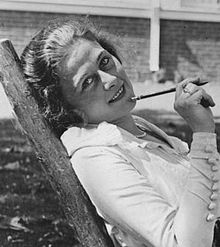
However, my favorite scene in the story is where the famous (and quite real) screenwriter Frances Marion gives a mentoring session and coaching class to a group of young women, including Julie, who want to become screenwriters just like Frances. She holds up an Oscar (her own) and shows the women the back of Oscar’s head.
“What I want you all to know first is that Oscar is a perfect symbol for the movies,” Frances Marion said. “He’s a man with a powerful athletic body, clutching a gleaming sword, right? But half of his head, the part which held his brains, is completely sliced off. In other words, my dear ladies, this place called Hollywood is run by men, and they’re not always smart. So don’t be too much in awe of them.”
Neither Frances Marion nor Carole Lombard are too much in awe of the men who run Hollywood. And they teach our Julie not to be, either.

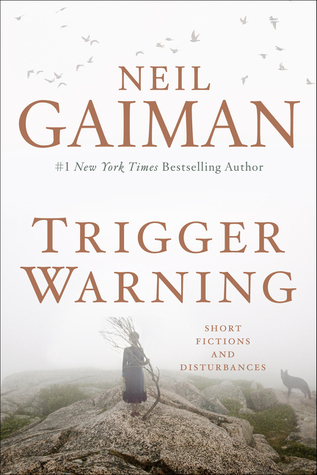
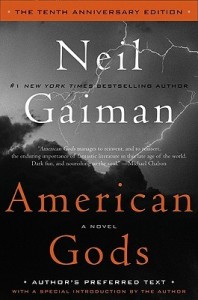
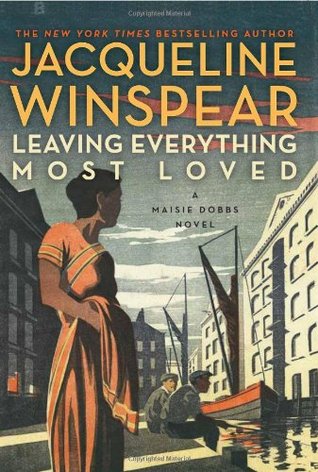
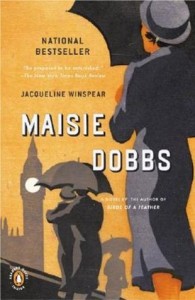

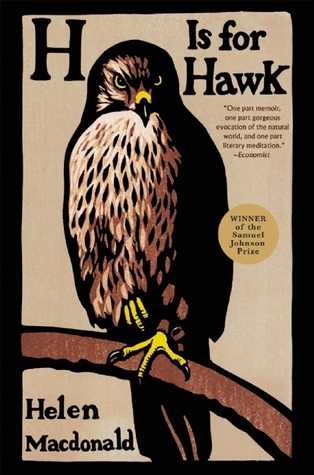

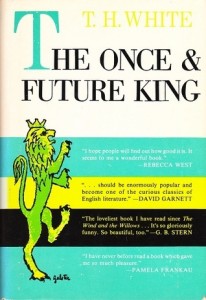 The other “hook” for me was T.H. White. I did not know much about him as a person, but The Once and Future King, which includes The Sword in the Stone, was one of my favorite books in my teens. I saw the Disney movie made from Sword when I was a child.
The other “hook” for me was T.H. White. I did not know much about him as a person, but The Once and Future King, which includes The Sword in the Stone, was one of my favorite books in my teens. I saw the Disney movie made from Sword when I was a child.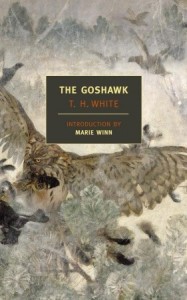 In the interweaving of Macdonald’s multiple stories – her grief and basically lack of coping, resulting in a spiral into clinical depression – her reread and analysis of White’s Goshawk – and her ultimate re-emergence into life, there is also a celebration of the wild places that can be found in the most seemingly cultivated places, and her love and caring for the beautiful and fierce Mabel that ultimately sing out.
In the interweaving of Macdonald’s multiple stories – her grief and basically lack of coping, resulting in a spiral into clinical depression – her reread and analysis of White’s Goshawk – and her ultimate re-emergence into life, there is also a celebration of the wild places that can be found in the most seemingly cultivated places, and her love and caring for the beautiful and fierce Mabel that ultimately sing out.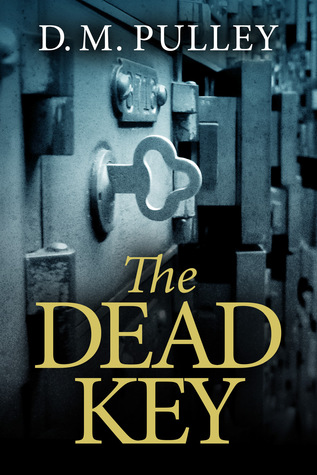 The Dead Key by
The Dead Key by 
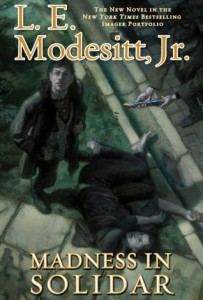 Blog Recap:
Blog Recap: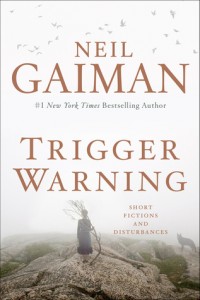 Coming Next Week:
Coming Next Week:



























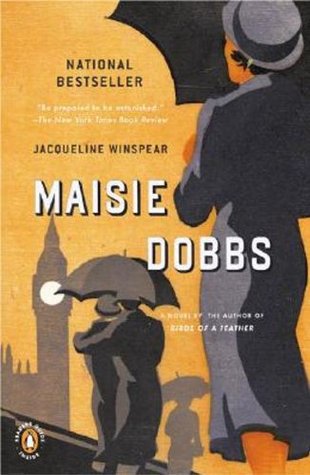
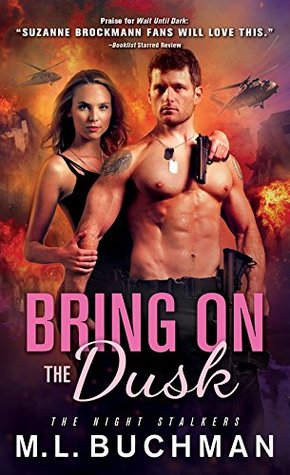 I’d like to welcome M.L. Buchman
I’d like to welcome M.L. Buchman  About M.L. Buchman
About M.L. Buchman